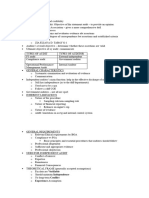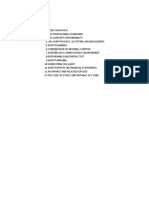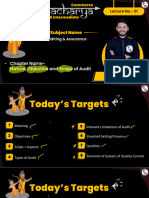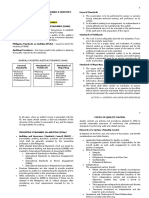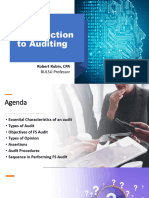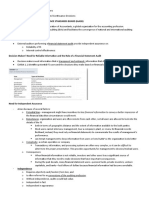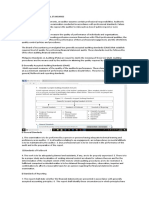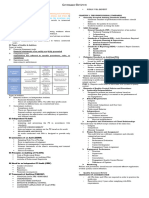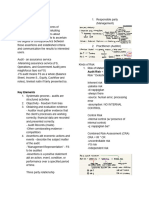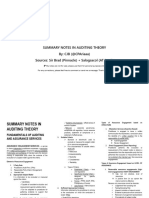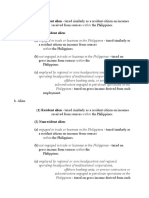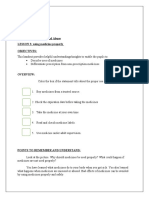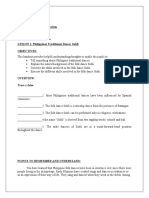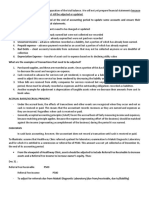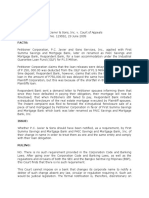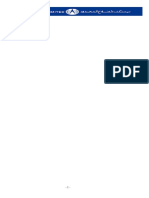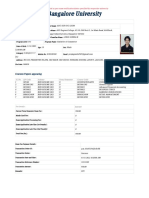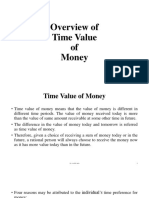0% found this document useful (0 votes)
92 views25 pagesAssets Increase Decrease Liabilities Decrease Increase Equity Decrease Increase Expense Increase Decrease Income/revenue Decrease Increase
The document defines auditing and compares different types of audits. It also discusses professional auditing standards and elements of a quality control system for audit firms. The key points are:
1. An audit involves obtaining and evaluating evidence to determine if assertions match established criteria and communicating results.
2. The main types of audits are financial statement, compliance, and operational audits, which have different objectives and auditors.
3. Professional standards cover general standards, standards of fieldwork, and standards of reporting to ensure quality audits.
4. Audit firms must implement quality control policies covering leadership, ethics, acceptance/continuance of clients, human resources, engagement performance, and monitoring.
Uploaded by
Jerome Eziekel Posada PanaliganCopyright
© © All Rights Reserved
We take content rights seriously. If you suspect this is your content, claim it here.
Available Formats
Download as XLSX, PDF, TXT or read online on Scribd
0% found this document useful (0 votes)
92 views25 pagesAssets Increase Decrease Liabilities Decrease Increase Equity Decrease Increase Expense Increase Decrease Income/revenue Decrease Increase
The document defines auditing and compares different types of audits. It also discusses professional auditing standards and elements of a quality control system for audit firms. The key points are:
1. An audit involves obtaining and evaluating evidence to determine if assertions match established criteria and communicating results.
2. The main types of audits are financial statement, compliance, and operational audits, which have different objectives and auditors.
3. Professional standards cover general standards, standards of fieldwork, and standards of reporting to ensure quality audits.
4. Audit firms must implement quality control policies covering leadership, ethics, acceptance/continuance of clients, human resources, engagement performance, and monitoring.
Uploaded by
Jerome Eziekel Posada PanaliganCopyright
© © All Rights Reserved
We take content rights seriously. If you suspect this is your content, claim it here.
Available Formats
Download as XLSX, PDF, TXT or read online on Scribd
/ 25
